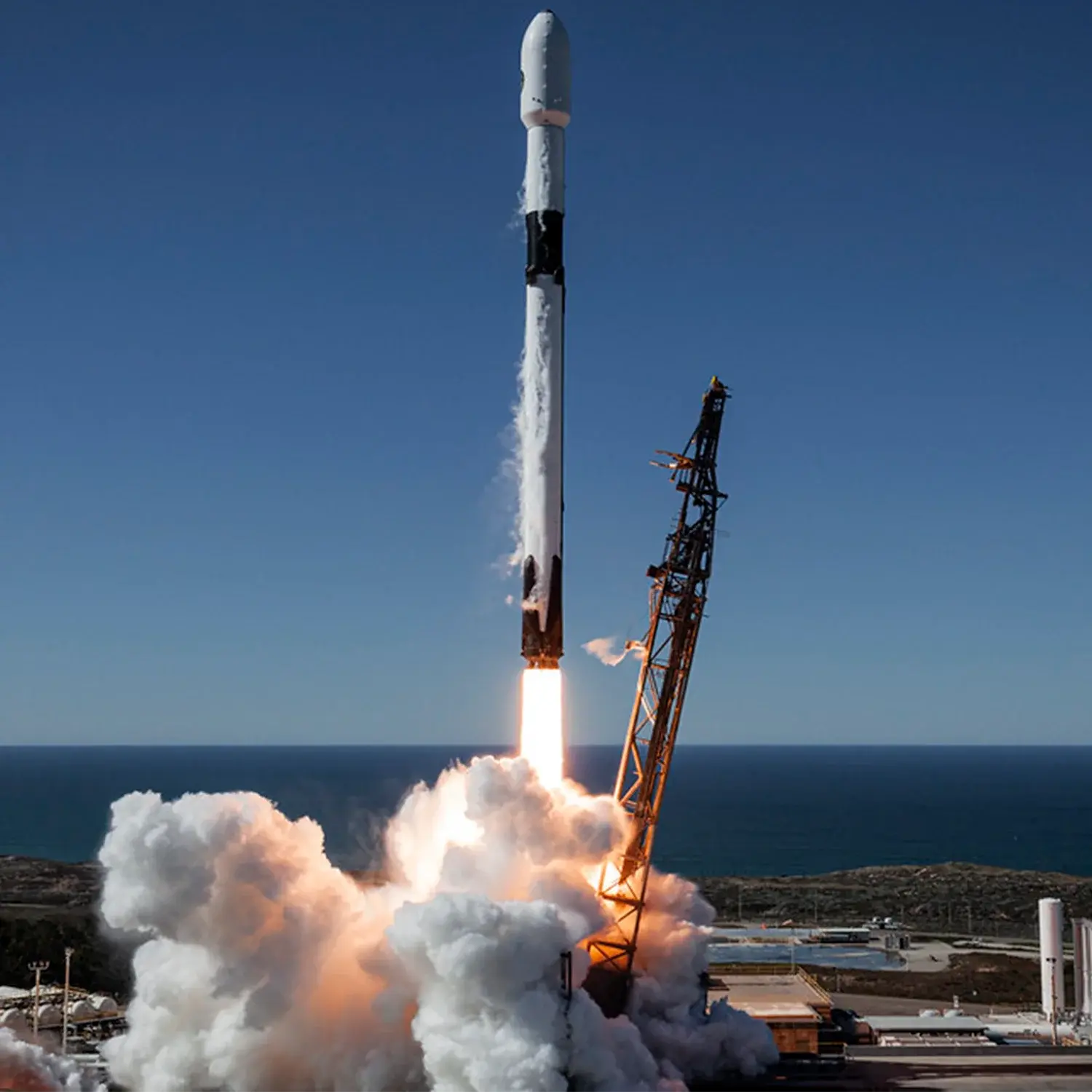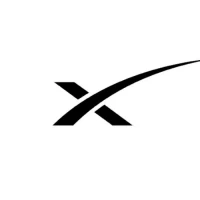Iridium-9 & OneWeb #19
Launch Success
Liftoff Time (GMT)
13:16:33
Saturday May 20, 2023
Watch Replay
Official Livestream
Mission Details
Read Article
Launch Notes
One of the 16 OneWeb satellites is a demonstration version of the second generation of these satellites which will be deployed in the future to increase the capabilities of the constellation. This launch will feature a new MVac nozzle extension design aimed at increasing cadence and reducing costs. This new nozzle extension is shorter and, as a result, the engine has a lower specific impulse and therefore performance. Due to this, it will only fly on missions that don't need Falcon 9's full performance capability.
Iridium-9
Five Iridium Next satellites will help enhance the Iridium Constellation. The launch was contracted in 2022 to replace some of the 75 Iridium satellites SpaceX deployed between 2017 and 2019. Iridium has 66 operational satellites, 9 on-orbit spares and 6 ground spares.
Polar Orbit
5 Payloads
4,800 kilograms
OneWeb #19
The first flight rideshare to the OneWeb high-speed Internet constellation. The initial constellation consists of 648 satellites. Later, the constellation could be expanded to more than 900 satellites depending on demand. OneWeb is expected to begin customer demonstrations in 2022, then provide a global, 24-hour service in 2022/2023. Each satellite in the constellation weighs 147.7 kg. They are powered by Russian ion engines, manufactured by OKB-Fakel, and have two solar panels for their power supply. The first generation of satellites, operating on a quasi-polar orbit (1 200 km x 86.4°), cannot perform inter-satellite communication, and can only be used near a ground relay station. The satellites will provide user service in the Ku-band, communicating in the microwave range of frequencies in the 12-18 GHz portion of the electromagnetic spectrum. The satellites use a technique called "progressive pitch" in which the satellites are slightly turned to avoid interference with Ku-band satellites in geostationary orbit. The user terminal antenna on the ground will be a phased array antenna measuring approximately 36 by 16 cm and will provide Internet access at 50 megabits/second downlink bandwidth (almost certainly less uplink, but this number remains hard to pin down). The satellites will be designed to comply with orbital debris-mitigation guidelines for removing satellites from orbit and, for low-orbit satellites, assuring that they reenter the Earth's atmosphere within 25 years of retirement.
Polar Orbit
15 Payloads
OneWeb JoeySat
OneWeb JoeySat is a prototype satellite testing technologies for OneWeb's second-generation constellation. JoeySat, created as part of the Sunrise Partnership Project between ESA and telecom provider OneWeb with assistance from the UK Space Agency, will showcase key technologies for the upcoming satellite fleet. JoeySat incorporates several features set to be included on OneWeb’s next generation of satellites, including technology that will allow satellites to switch between serving different locations on Earth and adjust the strength of communications signals based on customer needs or demand. This technology is known as beam-hopping, hence the nickname Joey. Using commercial off-the-shelf parts and a lean management approach, JoeySat was constructed in less than a year following the signing of the contract between ESA and OneWeb.
Polar Orbit
1 Payload
Rocket


Agency
SpaceXPrice
$69.75 million
Rocket
Diameter: 3.7m
Height: 70m
Payload to Orbit
LEO: 22,800 kg
GTO: 8,300 kg
Liftoff Thrust
7,607 Kilonewtons
Fairing
Diameter: 5.2m
Height: 13m
Stages
2
Launch Site
Stats
Falcon 9
226th
Mission
31st
Mission of 2023
SpaceX
238th
Mission
34th
Mission of 2023
2023
73rd
Orbital launch attempt
